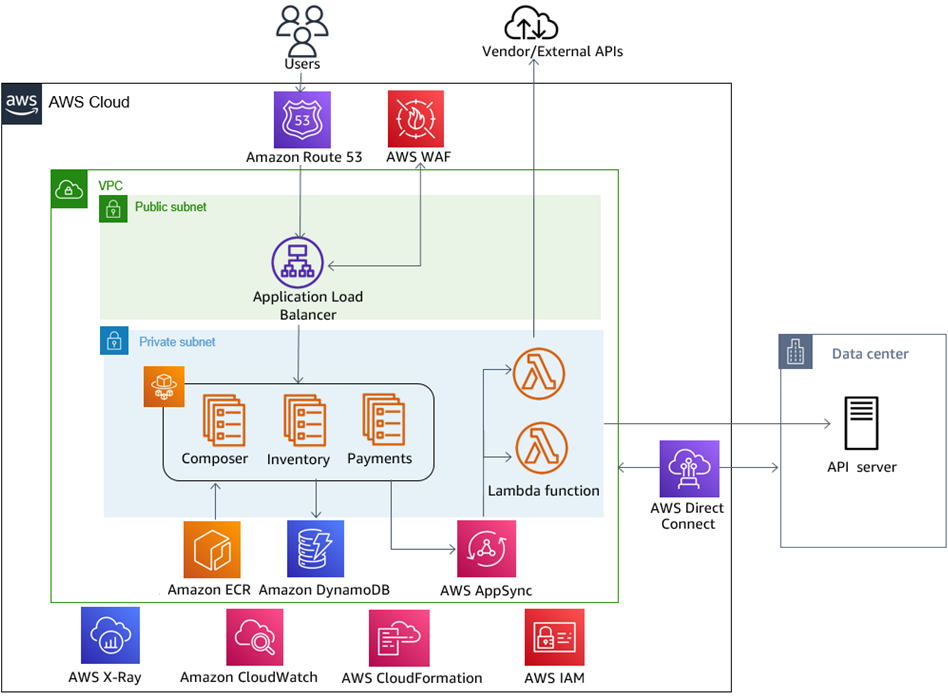The ‘death of the highstreet’ has been well known for several years. The convenience of online shopping has led to a rapid growth of the online retail market for a number of reasons. In fact, in 2020, global e-commerce sales grew by 27.6%. Over the web, customers can more easily compare prices and product reviews, as well as experience the ease of home delivery, which is often provided free of charge.
And yet, there remain some distinct advantages that physical stores will continue to have. For one, research has shown that customers are often more likely to purchase a product they have seen in person. The sensory experience of a product simply gives you your best possible view on whether it is for you. Secondly, in person customer support remains to be the highest quality you can provide. The ‘human touch’ is unmatchable in terms of swaying a customer’s purchase. And finally, perhaps most importantly, brand experience is something that continues to be more effective through more physical and immersive techniques. While digital marketing continues to improve, you can make a much longer lasting impression physically than you can through your standard website.
How then, do we provide a service that combines the advantages of these two vastly different approaches? Is it possible to bring the physical experience of a store right into your home? Within the metaverse, we can come very close.
Immersion is one of the founding pillars of the metaverse. As we explored in this particular blog series, we found that one of the key driving forces was the convergence of a number of different spatial computing technologies. On the interaction and ‘frontend’ level, these include things like VR/AR wearables, 3D-modelling game engines and IoT devices. We then have things like AI and distributed cloud computing enabling computer programmes of greater complexity. All in all, these different technologies are enabling us to create virtual interactive experiences that come much closer to physical ones.
Take the experience of trying on clothes for example. You want to be able to see how it fits, whether the style goes with that jumper you like or perhaps how the colour looks on you. A number of different companies, such as 3D Look who have designed ‘YourFit’ for example, are working on AR technology that enables you to ‘virtually’ try on clothes and achieve all these things for the shopper.

Similarly, virtual stores are quickly improving to provide both a more human experience of customer support and incorporate the same branding techniques that can be achieved in physical stores. High fidelity avatars can be used to provide customer support, as well as stores virtual being fully designable for intended brand experience. Maintaining these stores reliably and securely however, will no doubt require robust backend infrastructure.
Additionally the digitalisation of commerce stretches beyond simply moving to virtual stores. Being able to walk around a virtual store in the metaverse is all very well, but the customer journey through a digital transaction is not just about this experience.
At the backend, the uptake of composable IT infrastructure, with MACH architecture as a priority, is bringing a wealth of benefits. These include a smoother customer journey, more user friendly features and geographically based personalisation.
MACH stands for Microservices, API-first, Cloud-native and Headless. In short, it gives greater flexibility and agility to digital infrastructure in eCommerce. Through the use of microservices, particular business functions can be deployed independently, enabling faster updates and more finely tuned features. APIs play the key role of bridging the gap between different applications. By going cloud-native, the full advantages of cloud based services are leveraged, vastly improving the scalability benefits. And lastly, ‘headless’ refers to separation of frontend and backend, enabling the customisation of your bespoke features.

But what does this really mean, in terms of an eCommerce platform? It might be, for example, using a different payment gateway or search tool for your website, rather than all being done through the same provider. You might be able to deliver better customer service going through a different supplier, but want to get your shipping portal from somewhere else.
Achieving composable IT in eCommerce can also improve your time-to-market. The agility that a fully customisable stack brings means that it is easier to tweak or try out new ideas to reach a minimum viable product. Risks associated with overhauls to your tech stack are reduced as individual pieces can be chopped and changed.
Ultimately, this approach is indeed a more complex layout, with all the various pieces generating a significant amount of computational and networking demand. Cloud-native infrastructure forms a key part of any MACH architecture, but currently cloud-native computing is experiencing limitations. Typical methods of containerisation are becoming overly complicated and costly when being applied to more complex applications. Scalable computation means that platforms can focus on their customer experience.
At the frontend, we’ve seen how the metaverse is merging the advantages of physical stores and remote shopping experience. However these stores will no doubt require robust and secure infrastructure to maintain them. Similarly, future MACH architecture will have scalable cloud computing at the heart of it.
